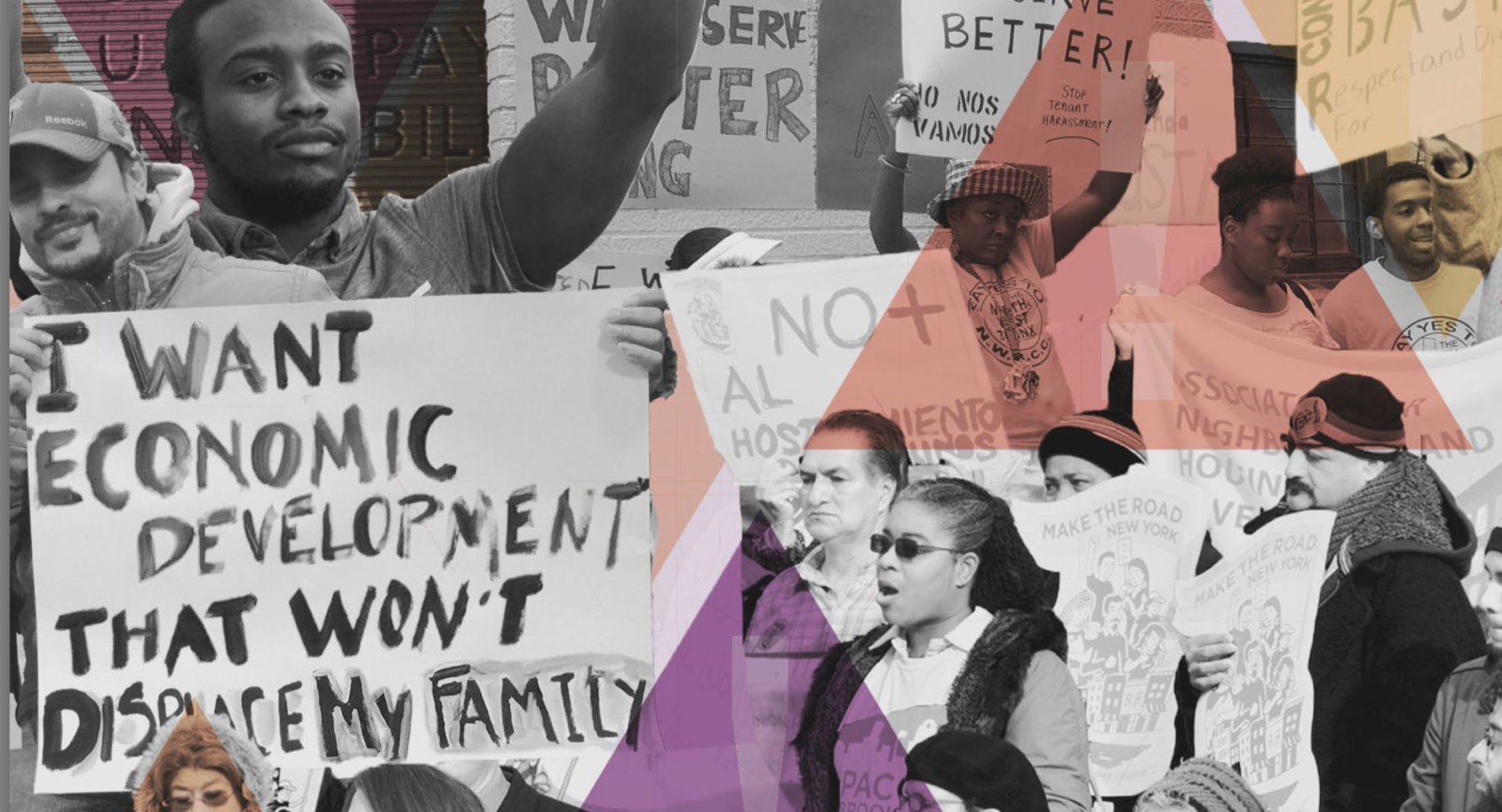Developers make it sound so simple: “Rezone your neighborhood for more density, and we’ll build you more housing (and make big profits for ourselves)”.
But who gets to live in the new housing?
Is it the same families who lived in the neighborhood before it was rezoned and redeveloped? Or is it new, high-income, gentrifiers?
This NextCity article, “So You Want To Change Zoning To Allow For More Housing”, explains it clearly: rezoning can “drive out low-income residents and local businesses and — with little warning or time to adjust — alter the character of neighborhoods.”
The article draws on a report by the Pratt Center for Community Development, which examined rezoning in New York City and found that even where redevelopment includes some quota of affordable units, those units are often not suitable for the lower-income families living in the area to be redeveloped – a new affordable studio hardly replaces a family’s existing multiple-bedroom flat. The lower-income family may not be able to qualify to rent the affordable units. And the affordable units won’t be built until years after the family was forced out by demolition of its home. In its rush to rezone for developers, New York City ignores this: “The potential for displacement in gentrifying neighborhoods is unequivocally dismissed.”

Now look at the Residential Infill Project. RIP will rezone practically all of Portland’s neighborhoods, for redevelopment with no affordable housing requirements at all. What the city of Portland is trying to do is even worse than what is going on in New York.
You can see how bad it is. We’ve mapped all the rental houses at risk of demolition and all the Portland families at risk of displacement.
The city has done almost no study of how RIP will displace vulnerable, lower-income Portland families.
The Planning and Sustainability Commission has ignored the developers’ own presentations that showed the new RIP development will be unaffordable to any family with income less than $100,000 a year.
After the Commission expanded RIP to cover 96% of Portland’s neighborhoods, they directed city staff to come up with an analysis to justify it (an analysis that remains missing).
That’s why one troubled commission member asked “who is this for” and why the Portland Tenants Union opposes RIP.
